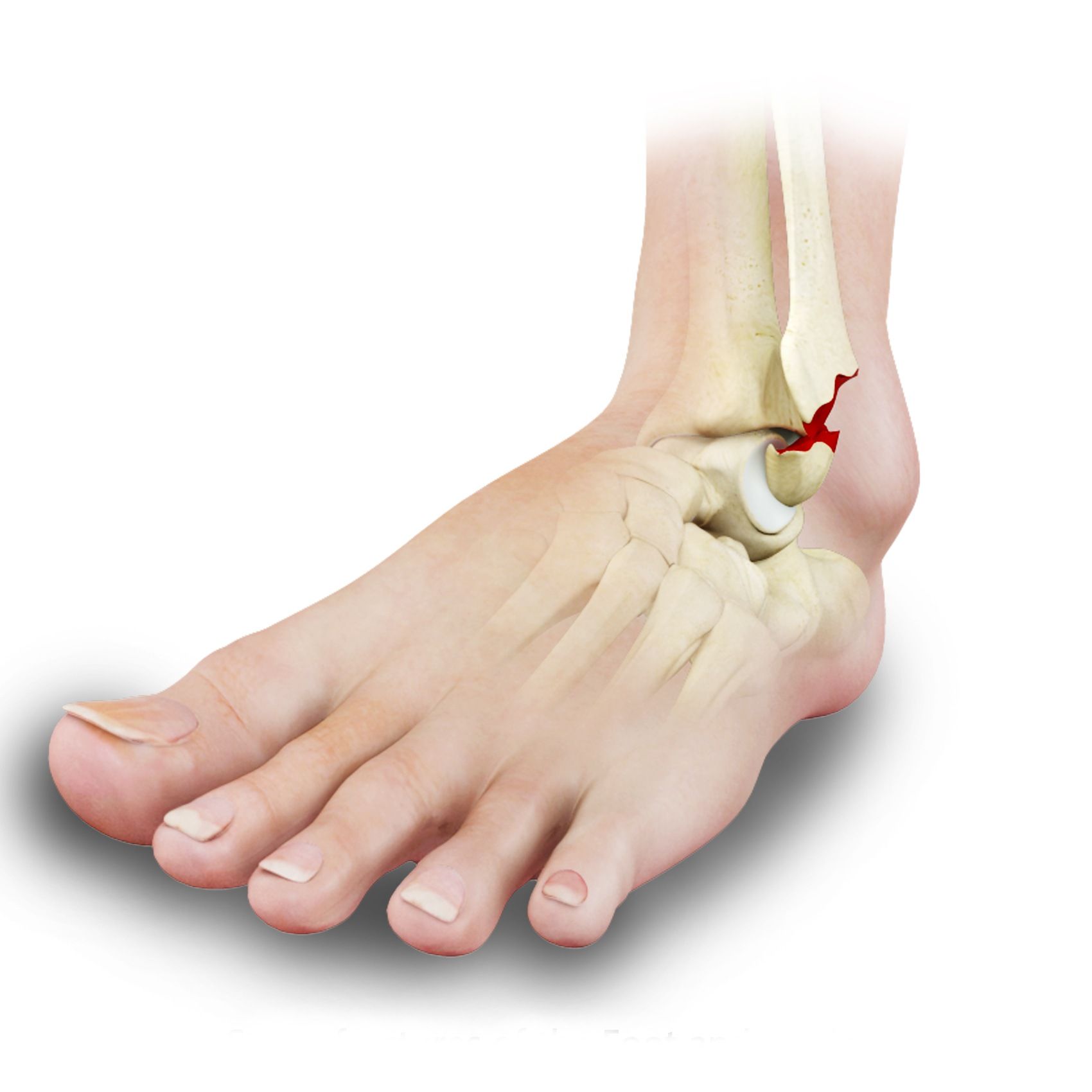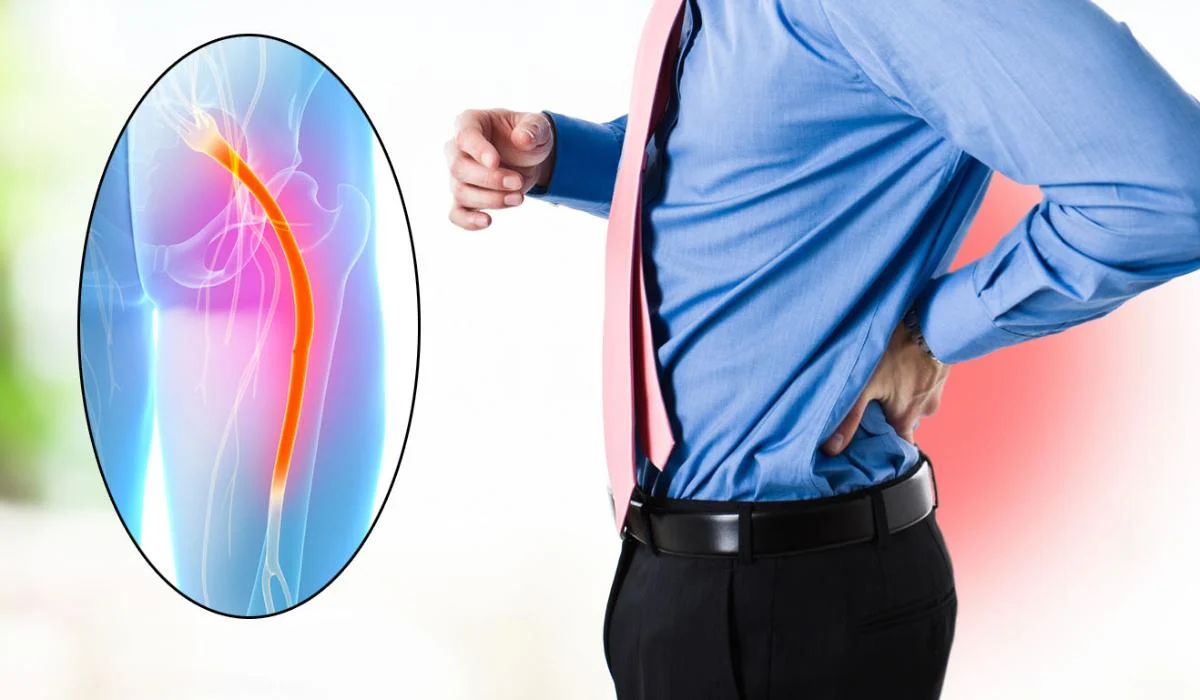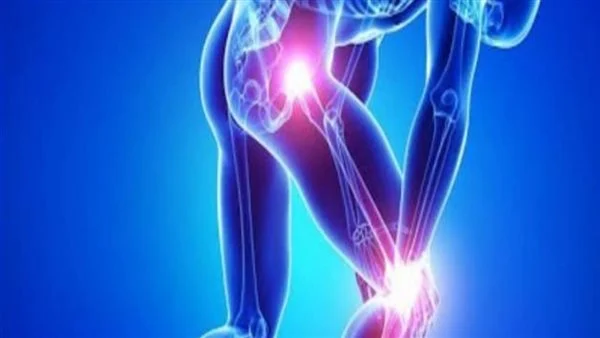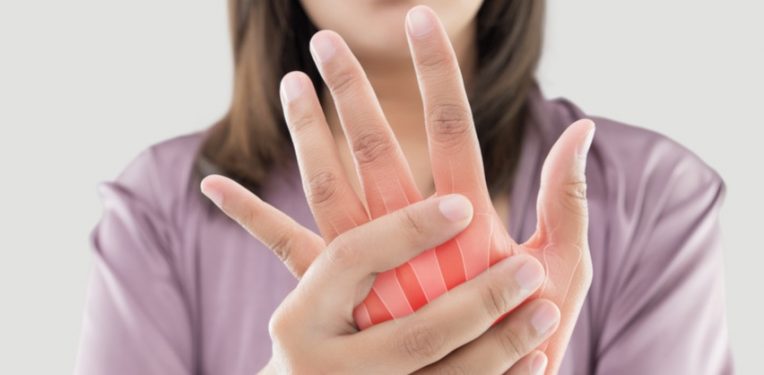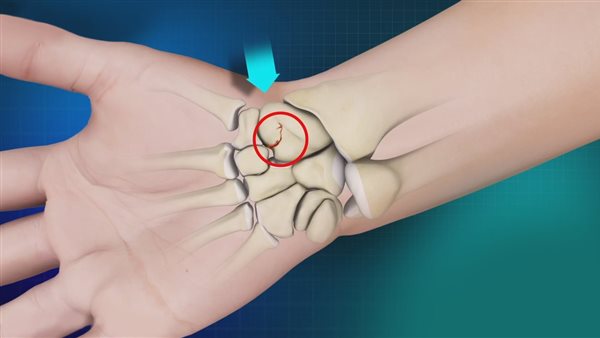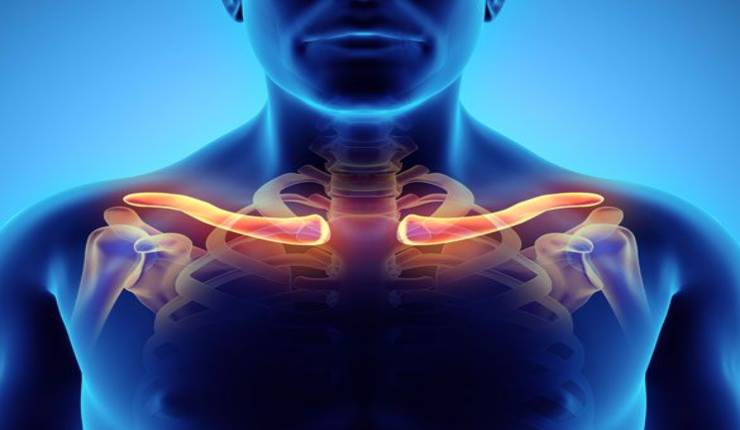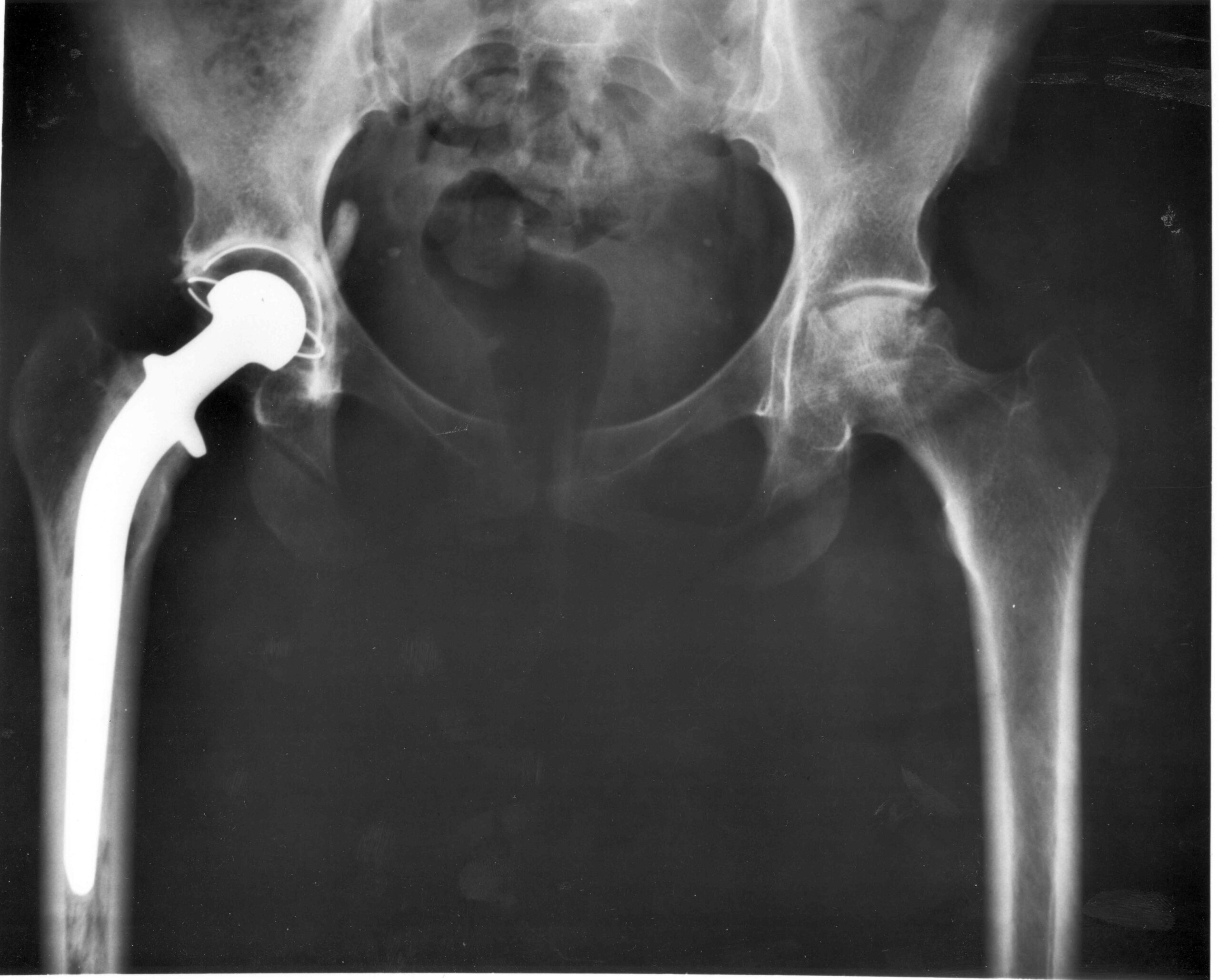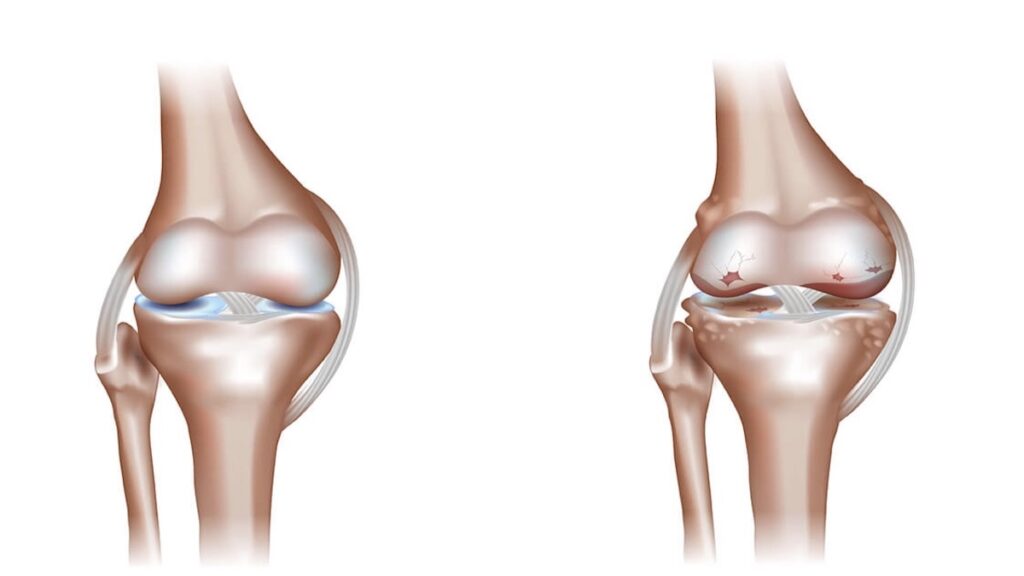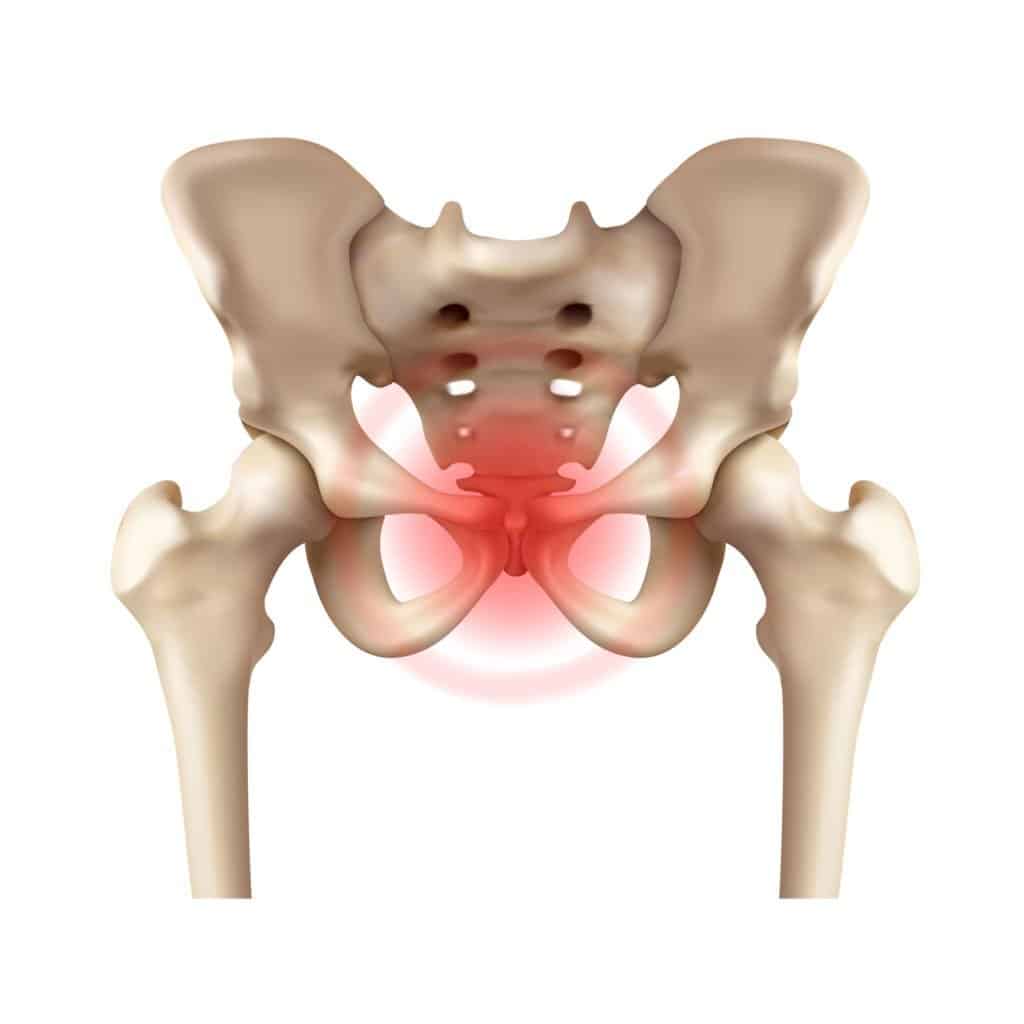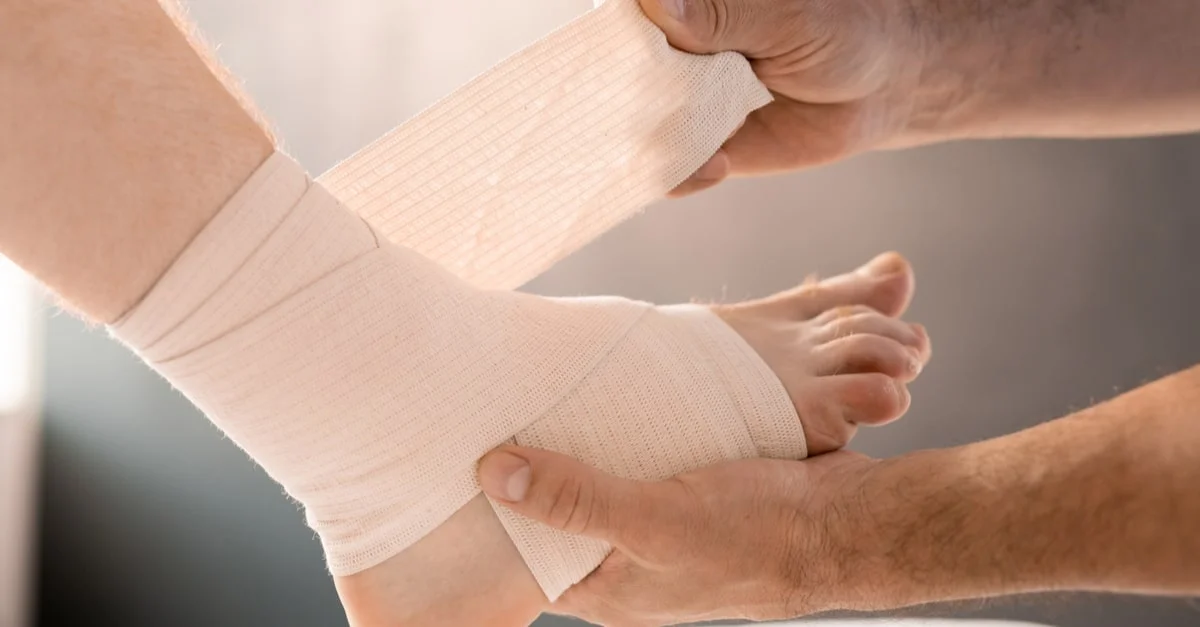?Learn about the price of bunion surgery and how you can know if you are suffering from it
Cost of Bone Spur Surgery, when a person experiences a bone fracture, Bone Spur Surgery can be the appropriate medical option to repair the fracture and restore the function of the damaged bone. This surgery is a surgical procedure that requires fixing the fracture using pins or screws, and its cost depends on several factors such as the location of the fracture, the quality of the damaged bone, the hospital’s cost, and the cost of subsequent care.

Cost of Bone Spur Surgery
The cost of Bone Spur Surgery in Egypt depends on several factors, and Bone Spur Surgery is one of the cosmetic procedures increasingly demanded in Egypt, where it is used to improve the shape and appearance of the face, and the cost of this procedure is adjustable.
According to various factors, the cost of Bone Spur Surgery in Egypt depends on the individual’s condition and personal requirements, as well as the complexity of the procedure. The cost also varies based on the level of expertise and skill of the surgeon involved in the procedure.
Generally, the cost of Bone Spur Surgery in Egypt ranges from 15,000 to 50,000 Egyptian pounds, and the hospital where the surgery is performed may also affect the final cost.
Additionally, the cost of Bone Spur Surgery in Egypt depends on the individual requirements of the patient and their desire to improve the shape and appearance of their bone spur, and those wishing to undergo this surgery should consult with specialized doctors and attend the initial consultation to determine the potential cost of the procedure.
What is a Bone Spur?
A Bone Spur is a health condition that affects the bones and is characterized by the appearance of an additional bony protrusion on the ends of the bones, usually occurring in areas where the bones meet each other, such as the joints.
Individuals with Bone Spur suffer from severe pain accompanying this bony protrusion, and the disease is also known as affecting the heel, and in most cases, it is accompanied by severe pain in this area. Despite the many people affected by this condition, few know how to diagnose or treat it.
Bone Spur causes annoying symptoms and can affect the daily life of those affected. When a person is affected by Bone Spur, they feel pain and swelling in the affected area, especially around the joints such as the inner ankle joint and the ankle joint. The patient may also experience difficulty walking, especially when they start to move after a long rest, such as waking up from sleep or sitting for a long time.
Research indicates that there are potential factors that increase the risk of developing Bone Spur, such as older age, obesity, and high arches. Tendon inflammation and tears, as well as sprains, can be the main causes behind Bone Spur.
Enjoy a unique treatment experience for Bone Spur with Dr. Amr Amal, where the latest medical methods and techniques are used.

What are the Causes of Bone Spur
Bone Spur, or “Heel Spur,” is a calcium deposit that forms on the bones at the point where the joints meet, and these deposits arise as a result of the gradual wear and tear of the joint cartilage over time, which prompts the body to form the Bone Spur in an attempt to compensate for the worn cartilage. Here are some possible causes of Bone Spur:
- Exercising on Hard Surfaces: Excessive exercise, such as running or jumping on hard surfaces, may be a potential cause of Bone Spur, as the foot is subjected to strong shocks and vibrations during exercise on hard surfaces, leading to irritation of the tissues and formation of the Bone Spur.
- Weight Gain: Sudden weight gain may be one of the contributing factors to the occurrence of Bone Spur, as excess weight places additional pressure on the feet and heels, leading to cartilage damage and the formation of calcium deposits.
- Tissue Inflammation: Plantar fasciitis, which is the inflammation of the tissues that connect the toes to the heel, is considered one of the common causes of Bone Spur, as when this band of tissue becomes inflamed, the calcium deposit forms, and the Bone Spur develops.
Is Bone Spur a Dangerous Condition?
Bone Spur disease is characterized by the formation of an additional bony protrusion on the ends of the bones, and it often occurs at the points of contact between the bones, such as the joints. One of the symptoms of this disease can be a painful sensation in the bottom of the heel or in the middle of the bottom of the foot.
The pain develops gradually over time, and although Bone Spur often does not cause noticeable symptoms, it may be associated with intermittent or chronic pain, especially during walking, running, or jogging, if inflammation occurs in the affected area. It is important to consult a doctor if there is any persistent or annoying pain.
Although Bone Spur is not a dangerous condition and usually does not cause acute complications, early treatment helps accelerate healing and allows the patient to alleviate the pain and is recommended to follow a healthy and balanced diet and maintain a healthy weight to reduce pressure on the feet.
In some cases, the treatment of Bone Spur may require surgery, and as a result, the risk may increase due to the possibility of bleeding, infection at the surgical site, or an allergic reaction to the anesthesia. Additionally, the risk of tendon separation in the foot should also be considered, which increases the risk of anatomical changes and nerve damage.

What is the Fastest Treatment for Bone Spur?
Bone Spur is one of the painful medical conditions that affect the feet and occurs when a small bony growth forms on the heel, causing severe and negative pain that limits the movement of the affected person. In this article, we will explore the fastest ways to treat Bone Spur and relieve the pain.
- Rest and Reduce Pressure on the Affected Foot:
- It may be necessary to rest the affected foot for some time to allow it to heal.
- Use cushions or long footrests to reduce pressure on the affected area.
- It is also possible to use special shoes or a specialized shoe that fits the arch of the foot and reduces friction.
- Recovery through Ice:
- Using ice packs on the affected area can help relieve pain and reduce inflammation.
- Place an ice bag or a damp cloth soaked in icy water on the area for 10-15 minutes, two or three times a day, to relieve pain and reduce swelling.
- Pain Relievers:
- Non-steroidal anti-inflammatory drugs such as aspirin or ibuprofen can be used to relieve pain and reduce inflammation.
- You should consult a doctor before taking any medication, especially if you have any health conditions or are taking other medications.
- Physical Therapy:
- Physical therapy for Bone Spur involves enhancing muscle flexibility and strengthening the foot.
- Medical sessions can be used to obtain targeted exercises to relieve pain and improve flexibility.
Overcome heel problems effectively with the advanced and innovative Bone Spur surgery from Dr. Amr Amal.
How Do I Know If I Have Bone Spur?
Feeling pain in the heel area or in the middle of the foot is one of the main symptoms of Bone Spur, as the pain develops gradually over time. In the early stages of the condition, the pain may be mild or severe, and people may feel a burning or aching sensation in the bottom of the foot extending up to the top of the heel.
Severe heel pain that feels like a nail is piercing the foot is one of the most prominent signs of Bone Spur. Although Bone Spur usually does not cause specific symptoms, it can be associated with intermittent or chronic pain, especially during walking, running, or jogging, when inflammation occurs at a specific point.
The pain is usually present when taking the first steps after waking up in the morning or after a long period of rest, and the bony protrusions that form on the lower part of the heel bone cause the pain. In the case of Bone Spur, the patient may feel a protrusion in the bone, especially around the foot joints.
The pain increases when the patient places their foot on the ground after waking up, although Bone Spur may not cause specific symptoms, severe pain in the heel of the foot may indicate its presence, and chronic cases may require diagnosis through X-rays or other tests performed by the specialist doctor.

What is the Physical Therapy for Bone Spur?
It appears that the physical therapy for Bone Spur includes a set of means that can be used to get rid of Bone Spur pain and improve the patient’s general condition. According to Dr. Amr Amal, a physical therapy specialist, these means depend on more than one method.
The physical therapy methods specific to Bone Spur include a set of therapeutic exercises that target strengthening the muscles around the affected area and improving the flexibility and overall balance of the foot and ankle. These exercises include stretching, muscle strengthening, and balance improvement.
It is worth noting that the prolonged use of special shoe inserts can also play a role in relieving pain and improving the general condition of patients. It is recommended to wear shoes that provide adequate support for the heel, and a medical cushion insert can contribute to reducing pressure on the Bone Spur.
In addition, physical therapy with orthotic devices such as the arch support or shoes with a reverse effect can have a positive effect on Bone Spur and pain relief.
Moreover, there are other tools that can be used to treat Bone Spur. For example, studies have shown that apple cider vinegar can help dissolve the calcium deposits forming the Bone Spur. In addition, physical therapy sessions are used in different sessions to reduce pain and improve the general condition of patients. In cases where the patient does not respond to physical therapy, other means may be used, such as shock wave therapy, which is an effective technique that helps reduce inflammation and relieve Bone Spur-associated pain.
Ointment for Treating Bone Spur
An ointment for treating Bone Spur is one of the effective treatments that can be used to relieve pain and soothe Bone Spur inflammation. Bone Spur is a condition characterized by the formation of a bony growth on the heel bone, causing severe and negative pain that limits the movement of the affected person.
Among the available ointments, the “Romafin Acti Gel 1%” ointment stands out as one of the effective options. This ointment contains an active ingredient known as cetyl myristoleate compound, which is commonly used to treat inflamed bones and joints. The ointment works to reduce inflammation and relieve pain, helping to improve the Bone Spur condition and alleviate the associated symptoms.
In addition, the cetyl myristoleate compound helps improve blood flow to the affected area, which aids in reducing swelling, redness, and pain. The ointment is applied by gently massaging it into the affected area until it is completely absorbed into the skin.
The use of the ointment to treat Bone Spur is an effective alternative to other treatments that may be costly or require a prescription. It can be used as an analgesic to relieve the pain caused by Bone Spur inflammation and reduce the associated inflammation. However, patients should consult a doctor before using any ointment to treat Bone Spur and follow the instructions provided on the packaging, as well as avoid using it on open wounds or areas with skin breakdown.
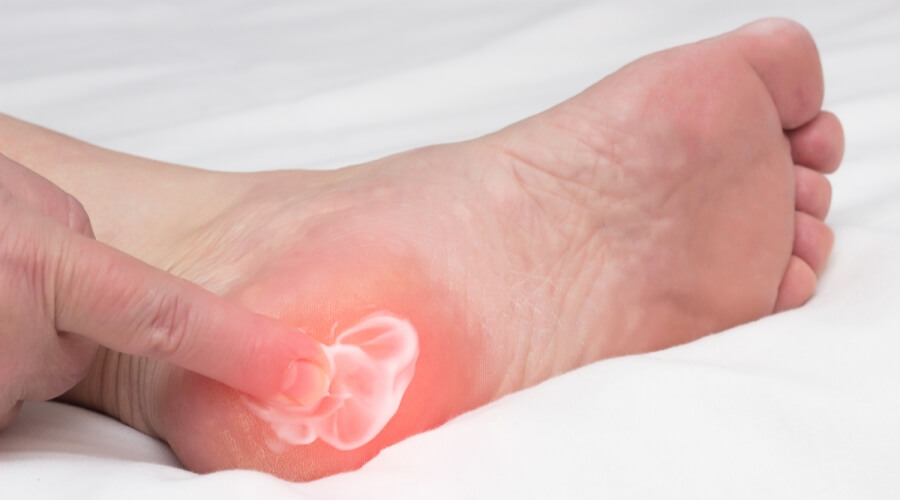
My Experience with Bone Spur
One of the ladies explained her experience with bunion and its treatment as follows:

